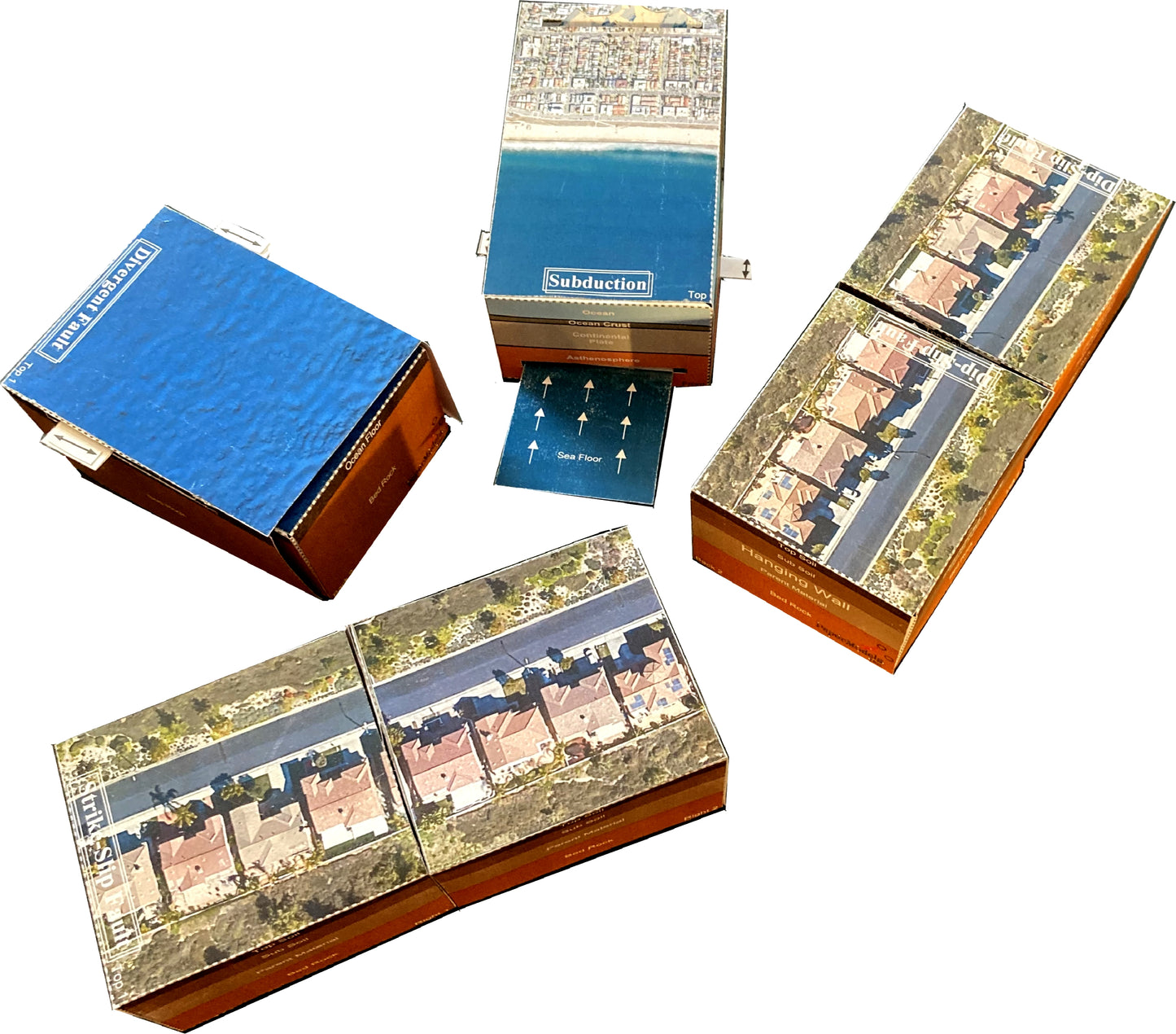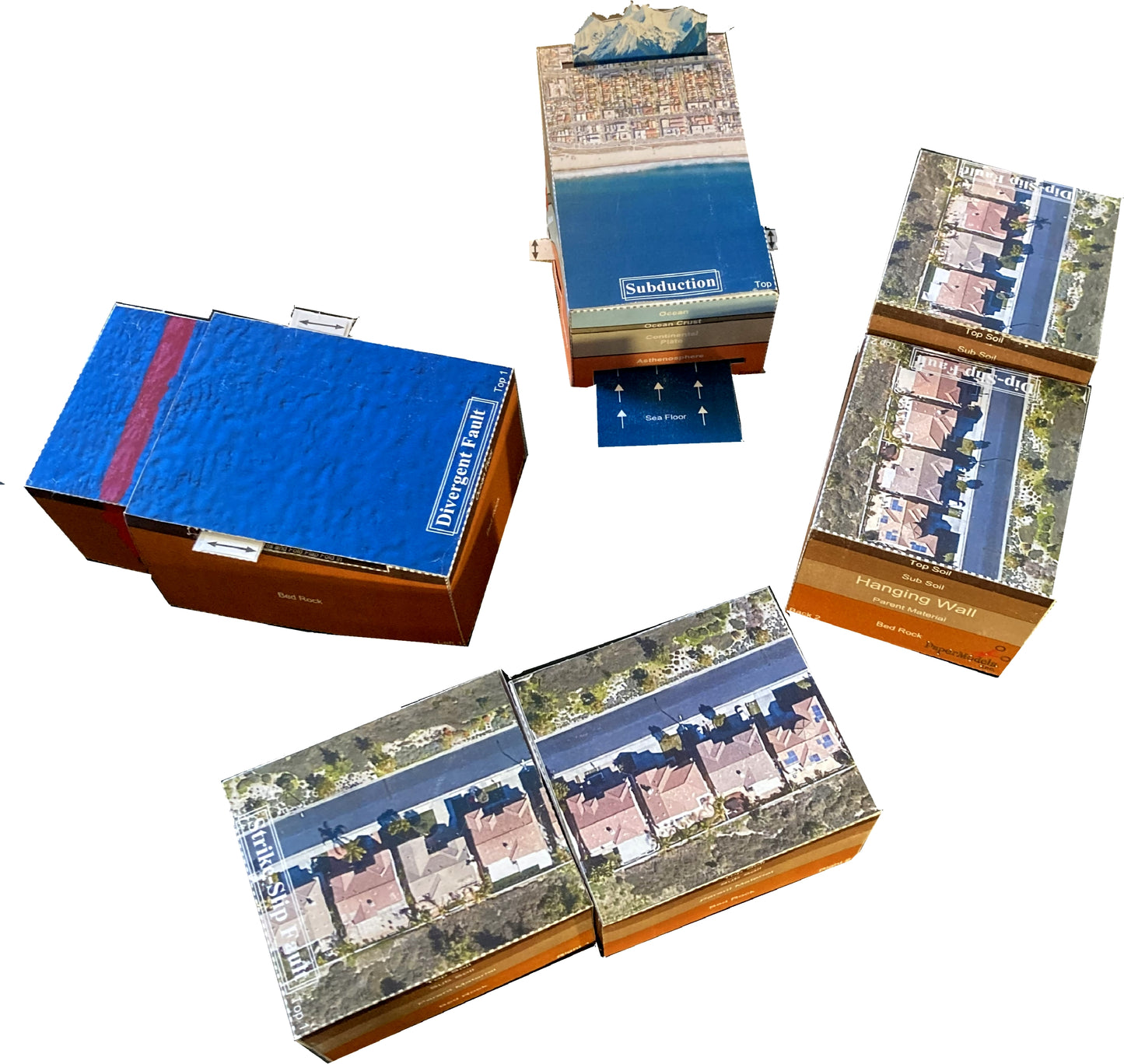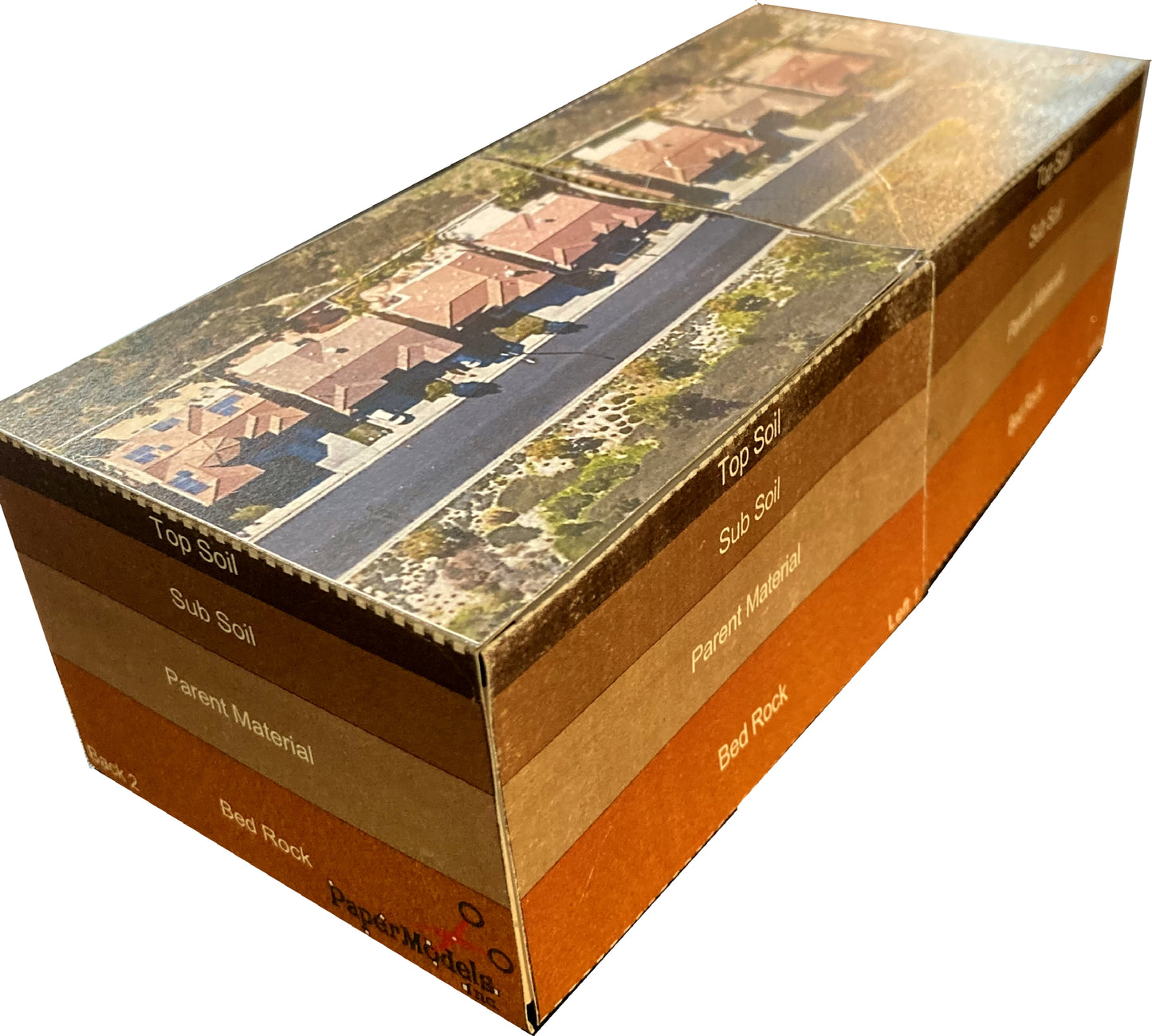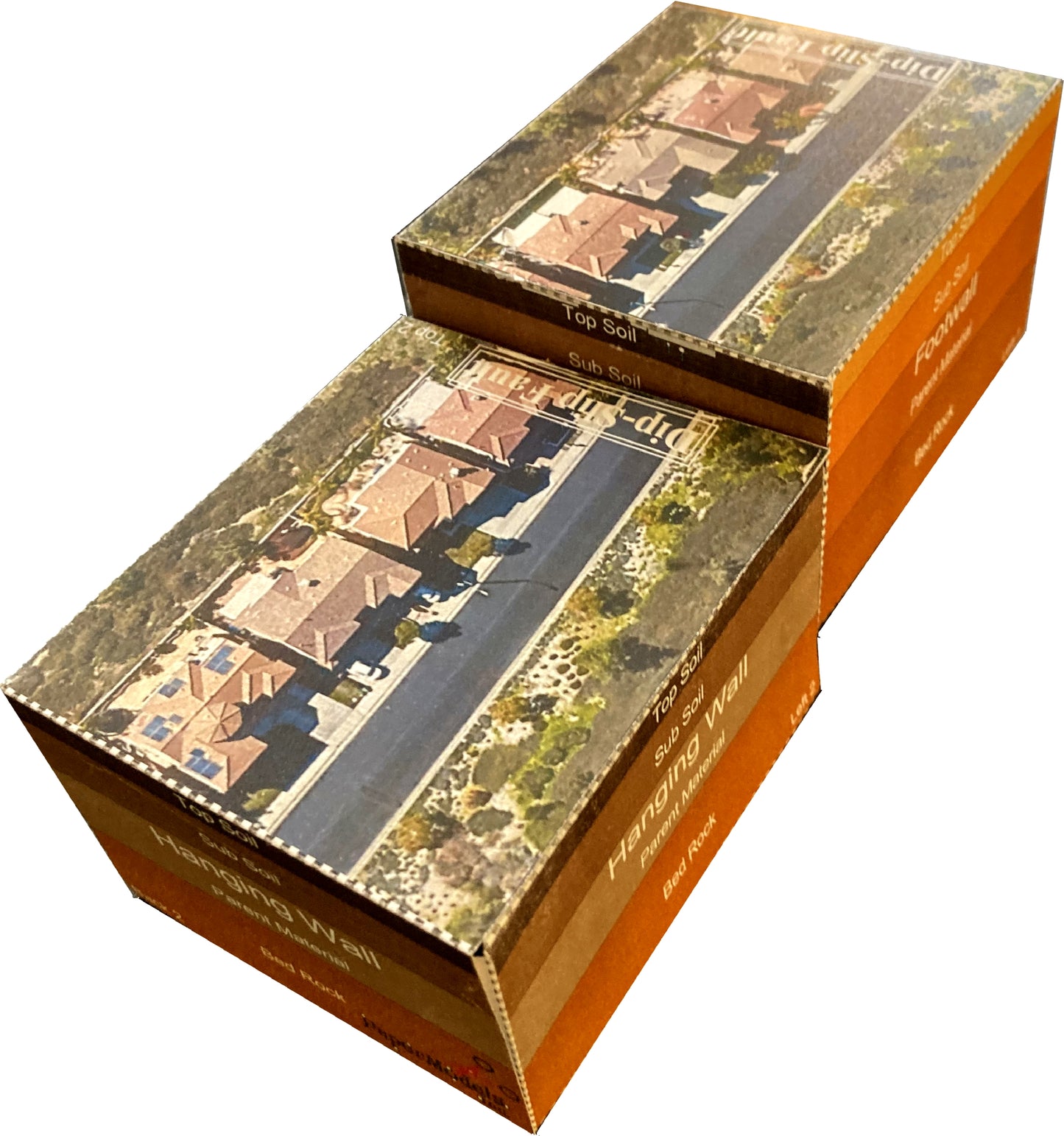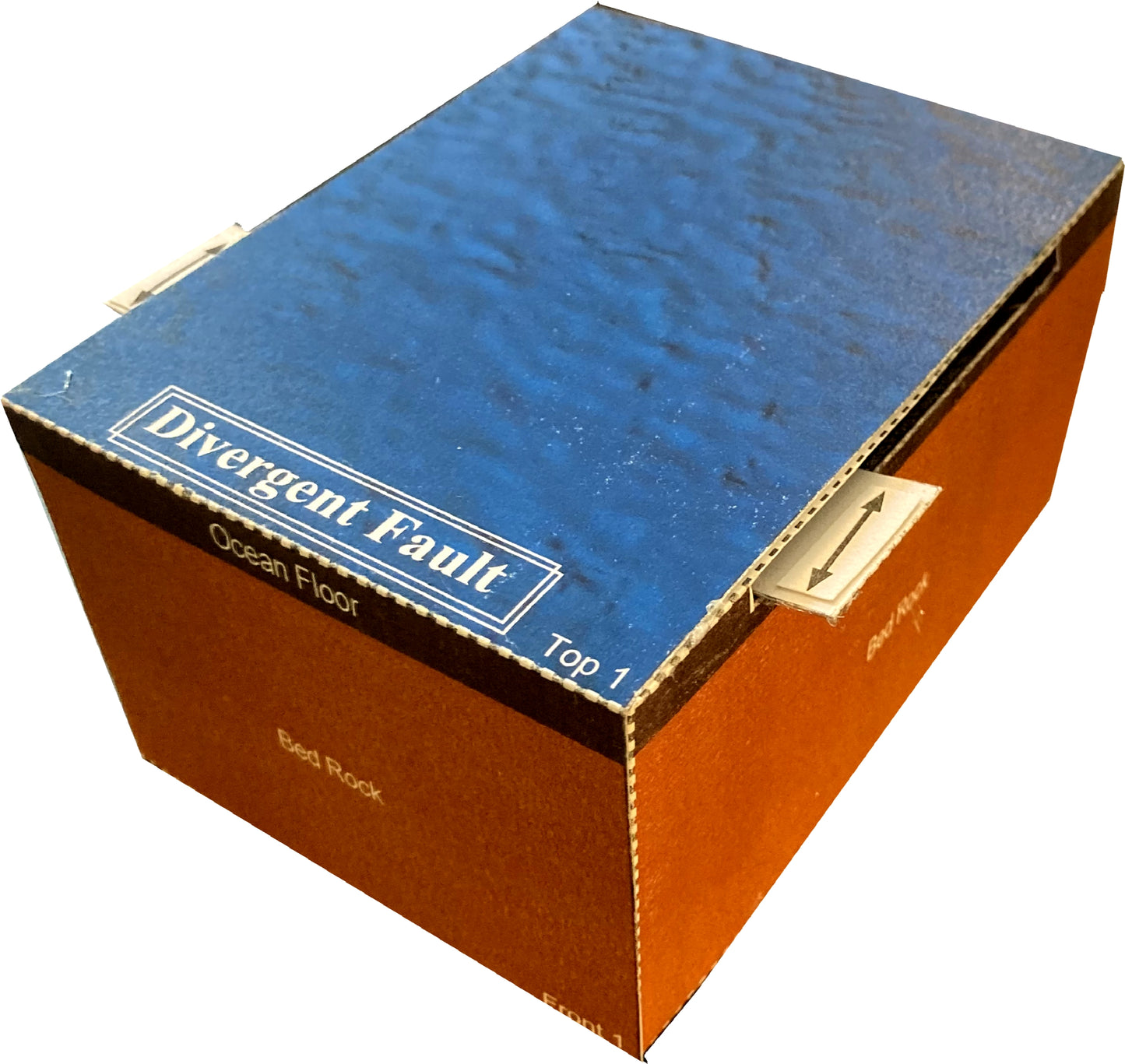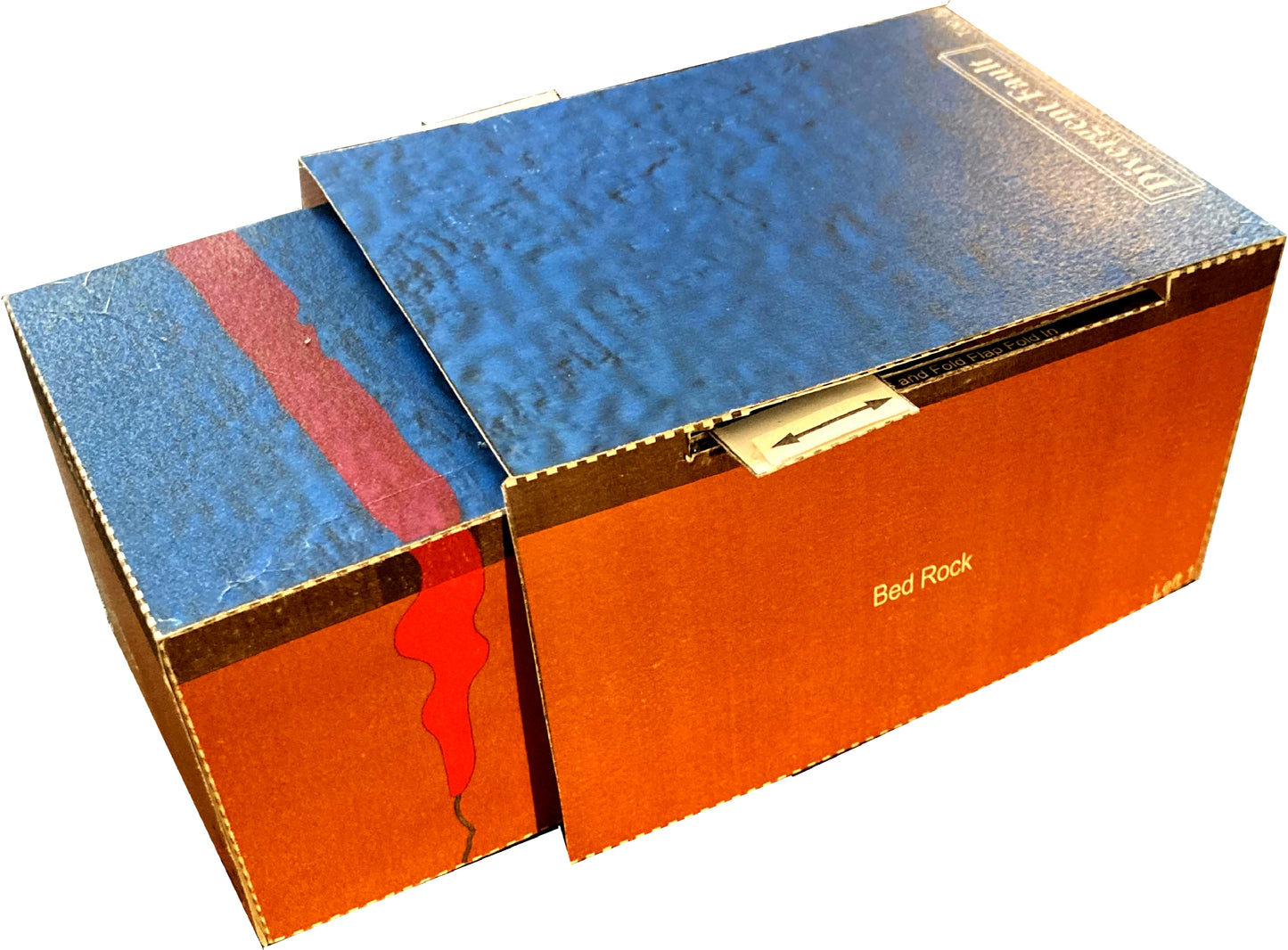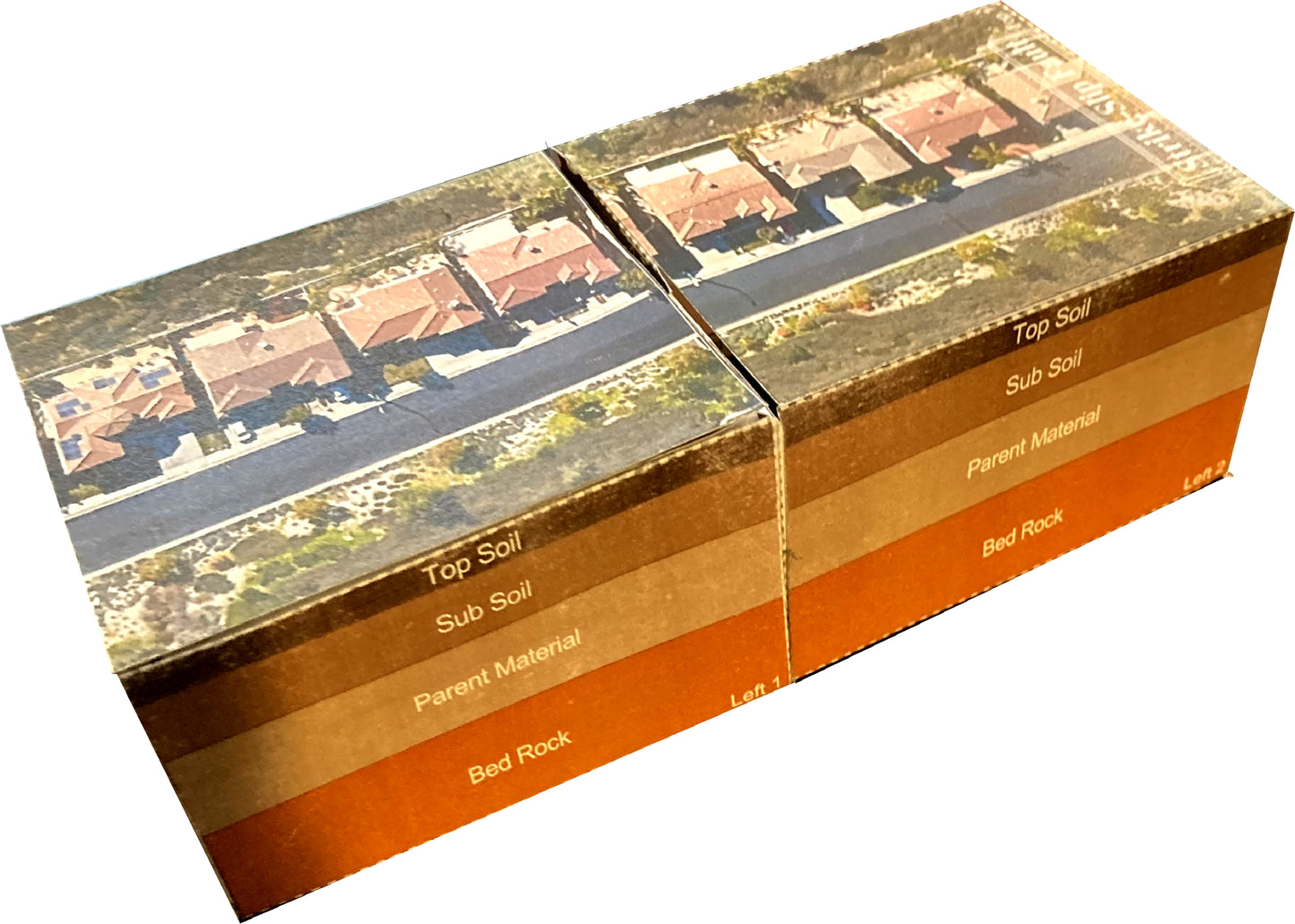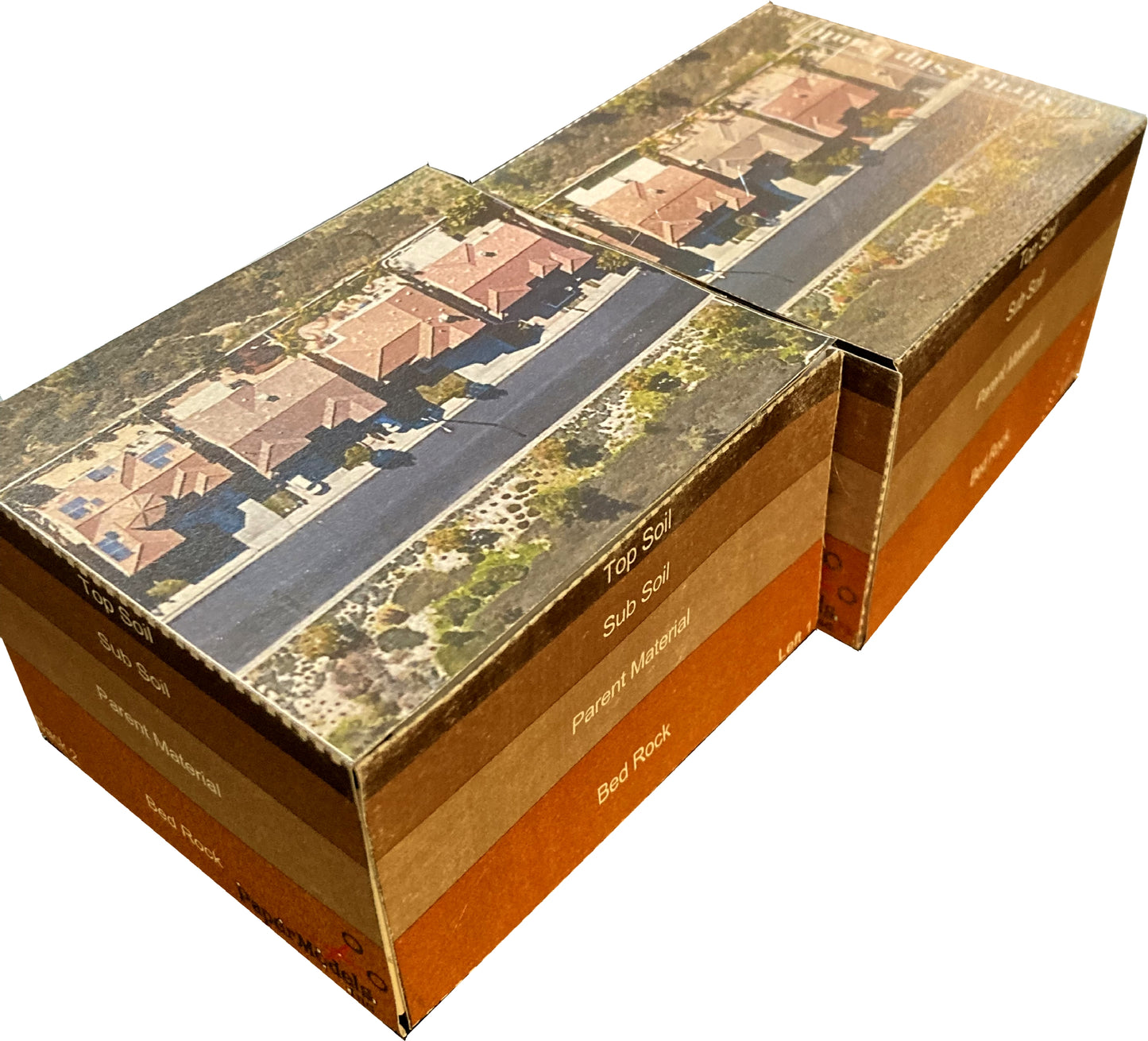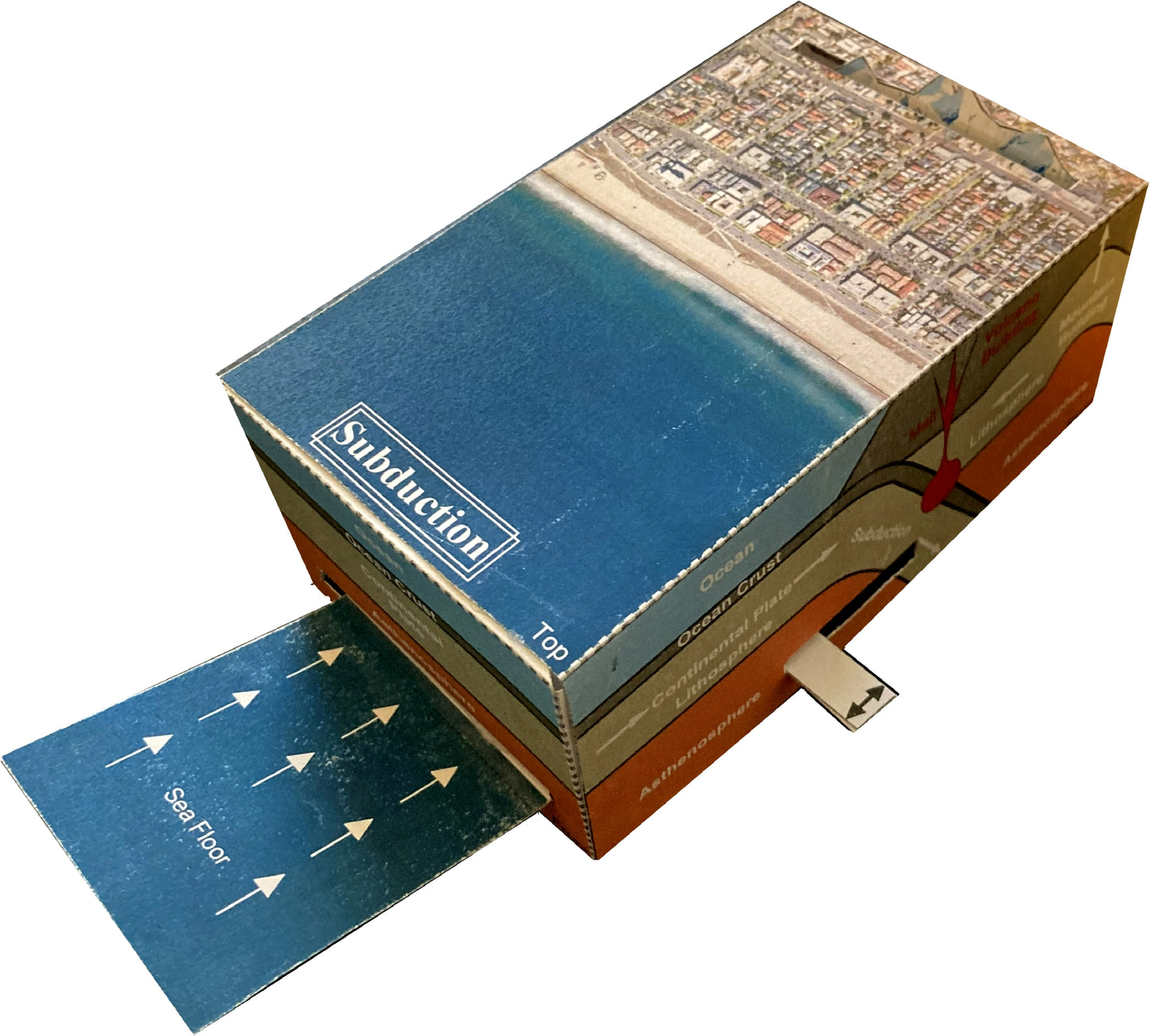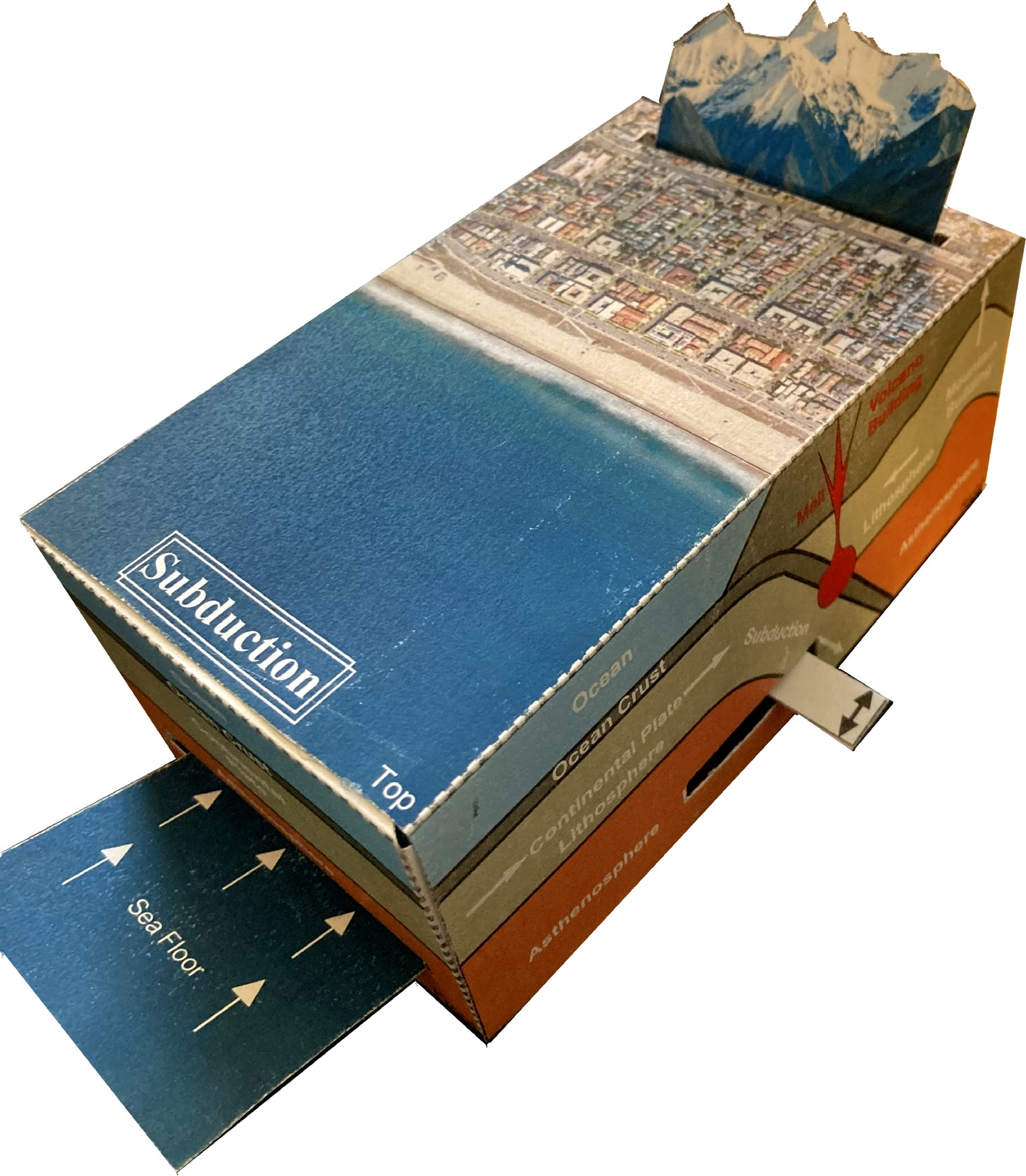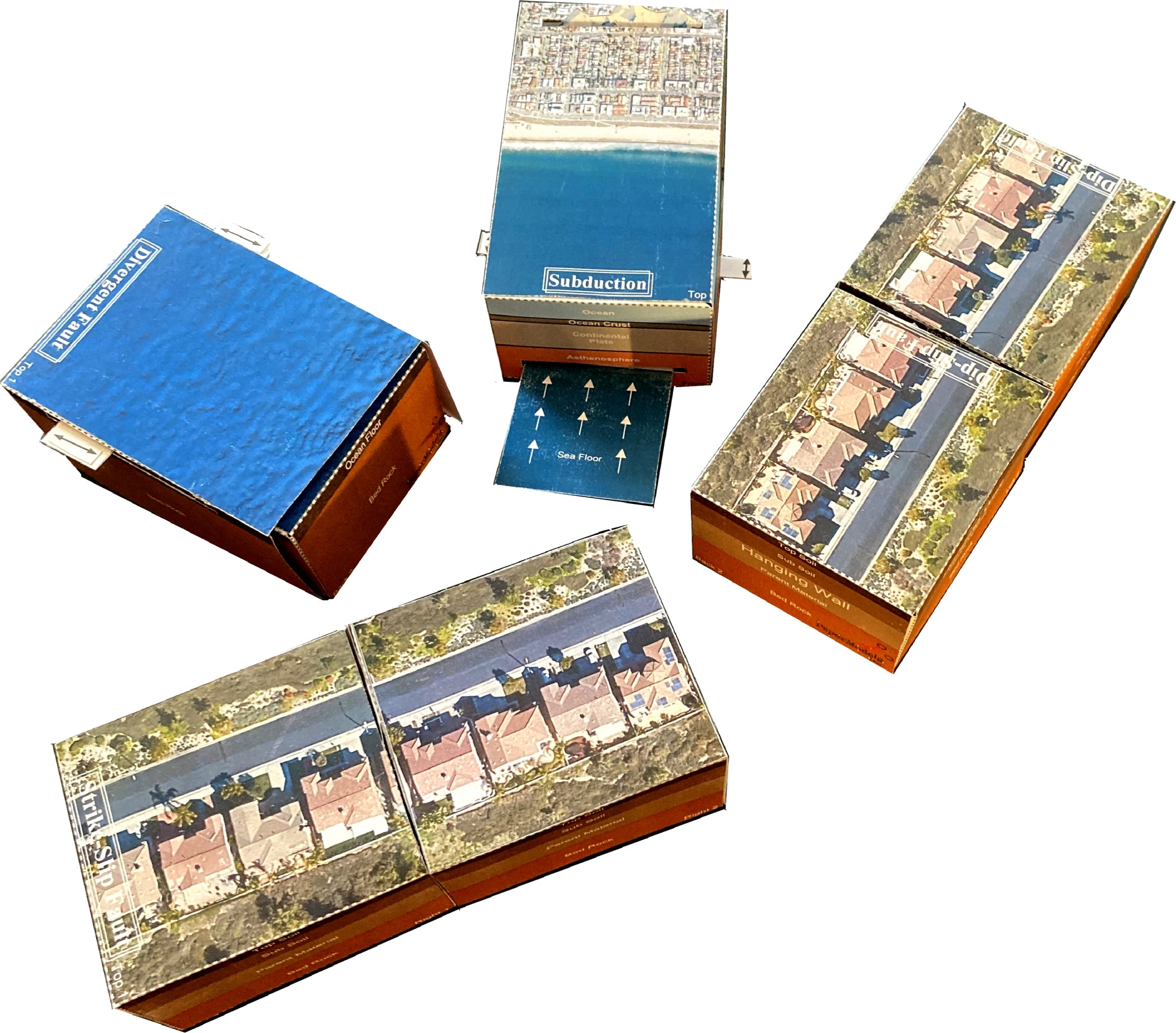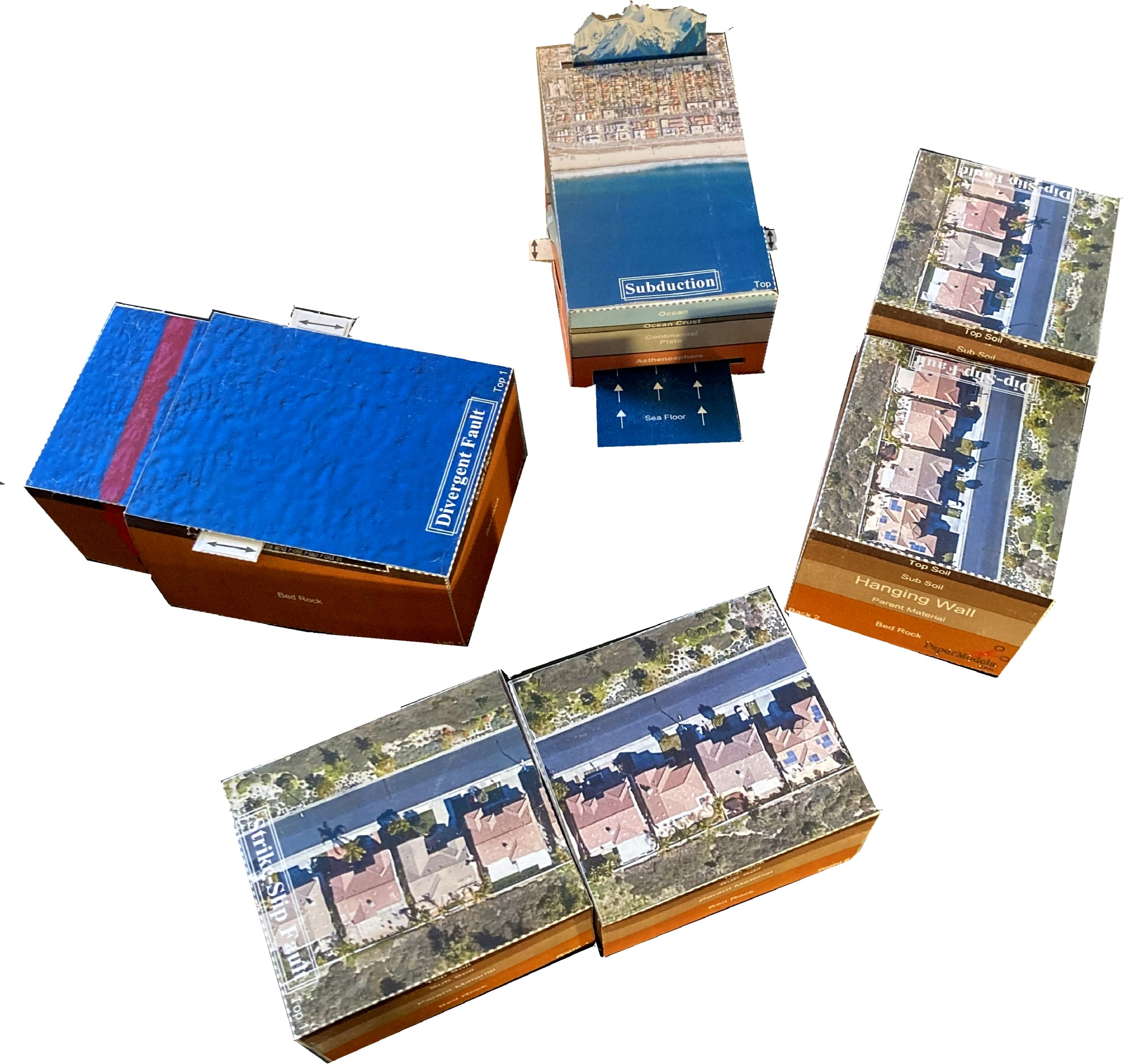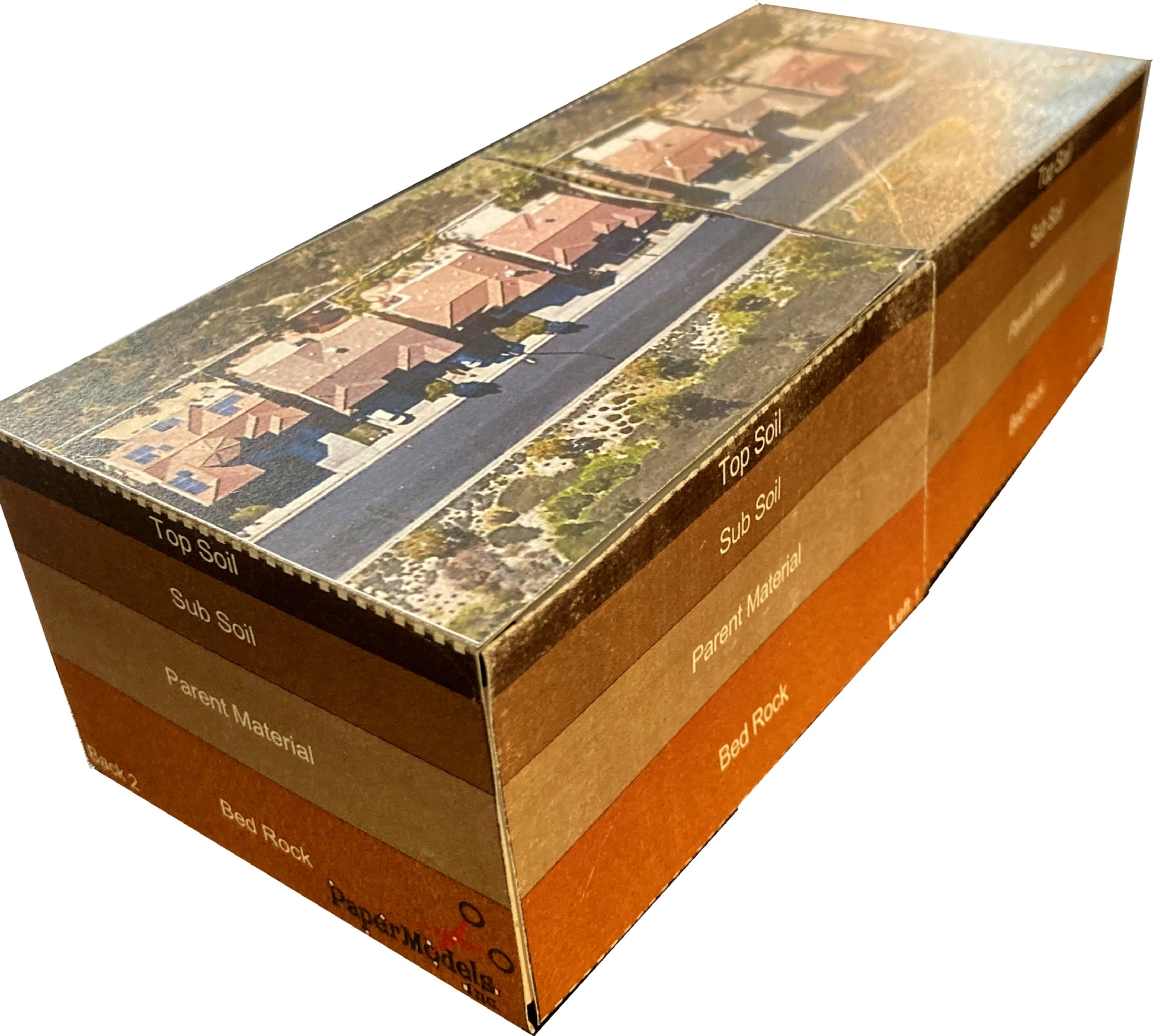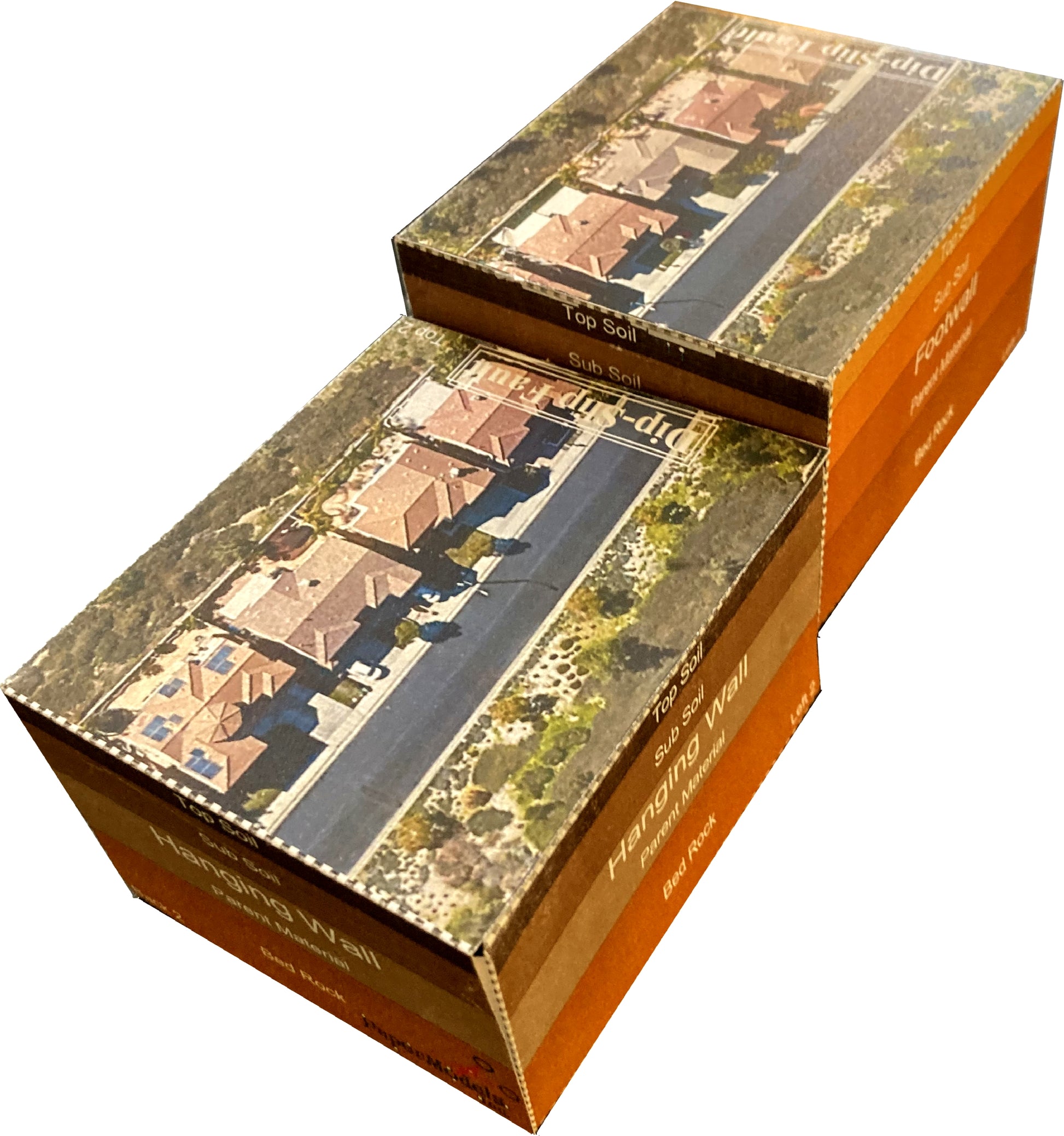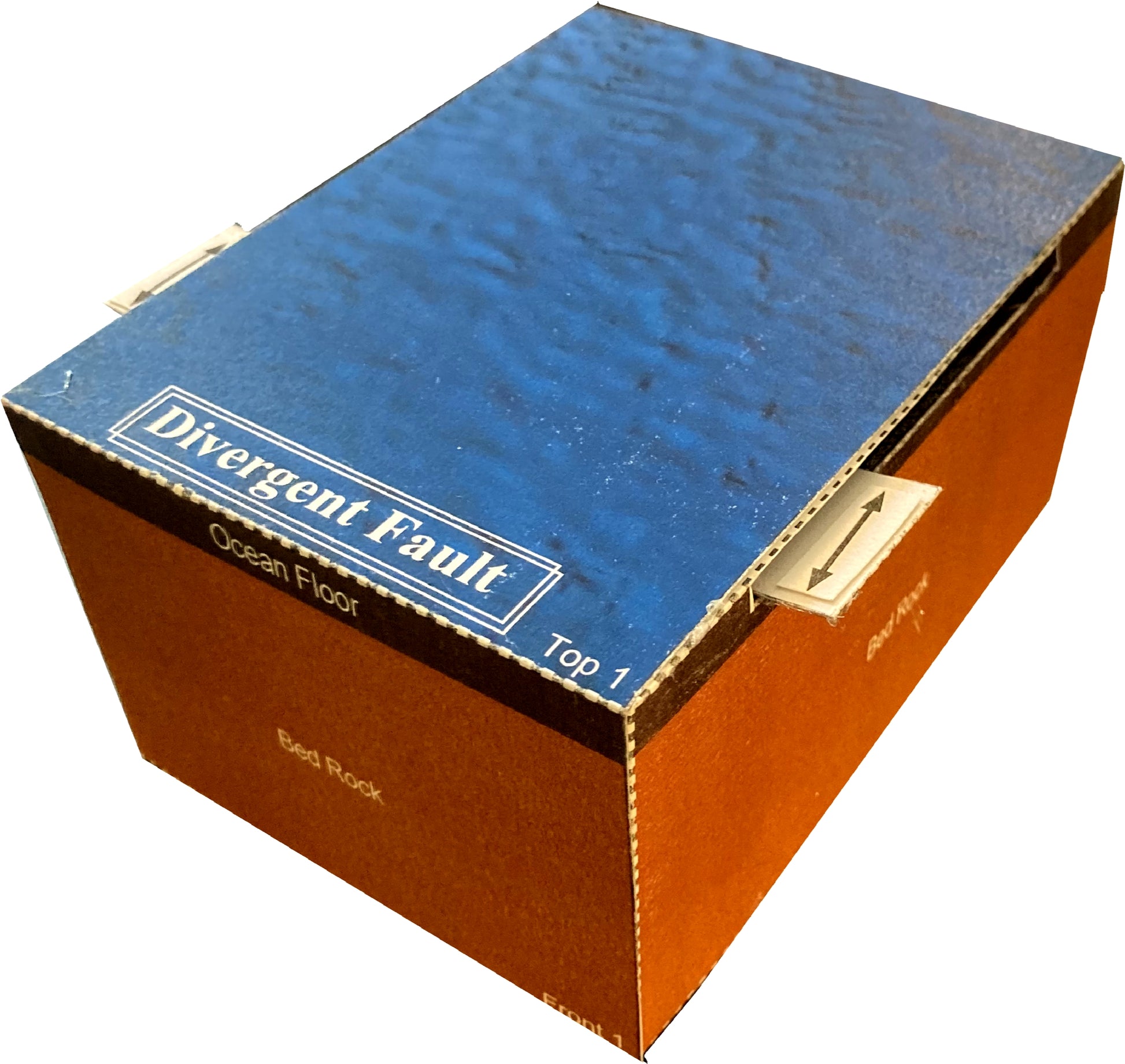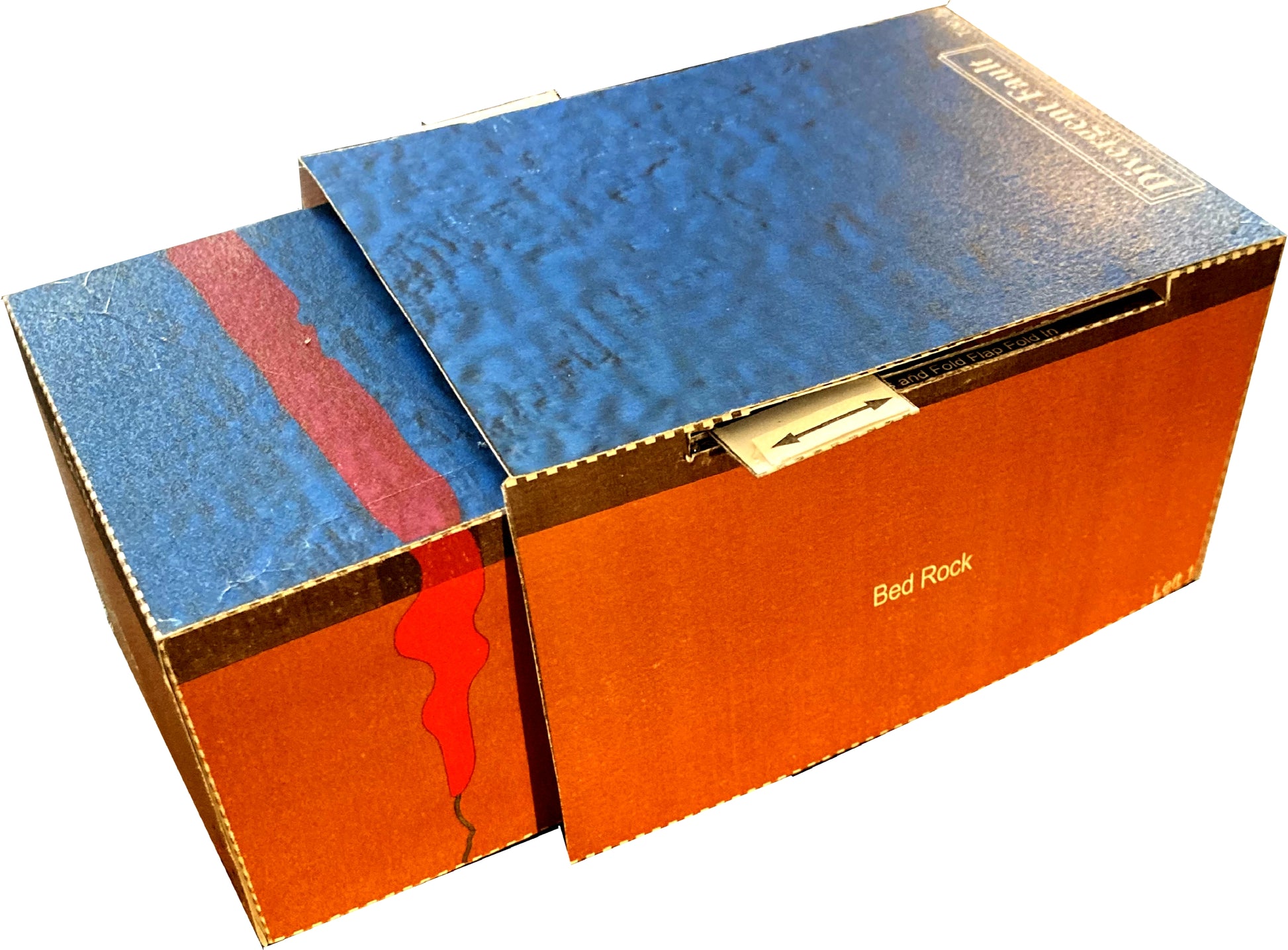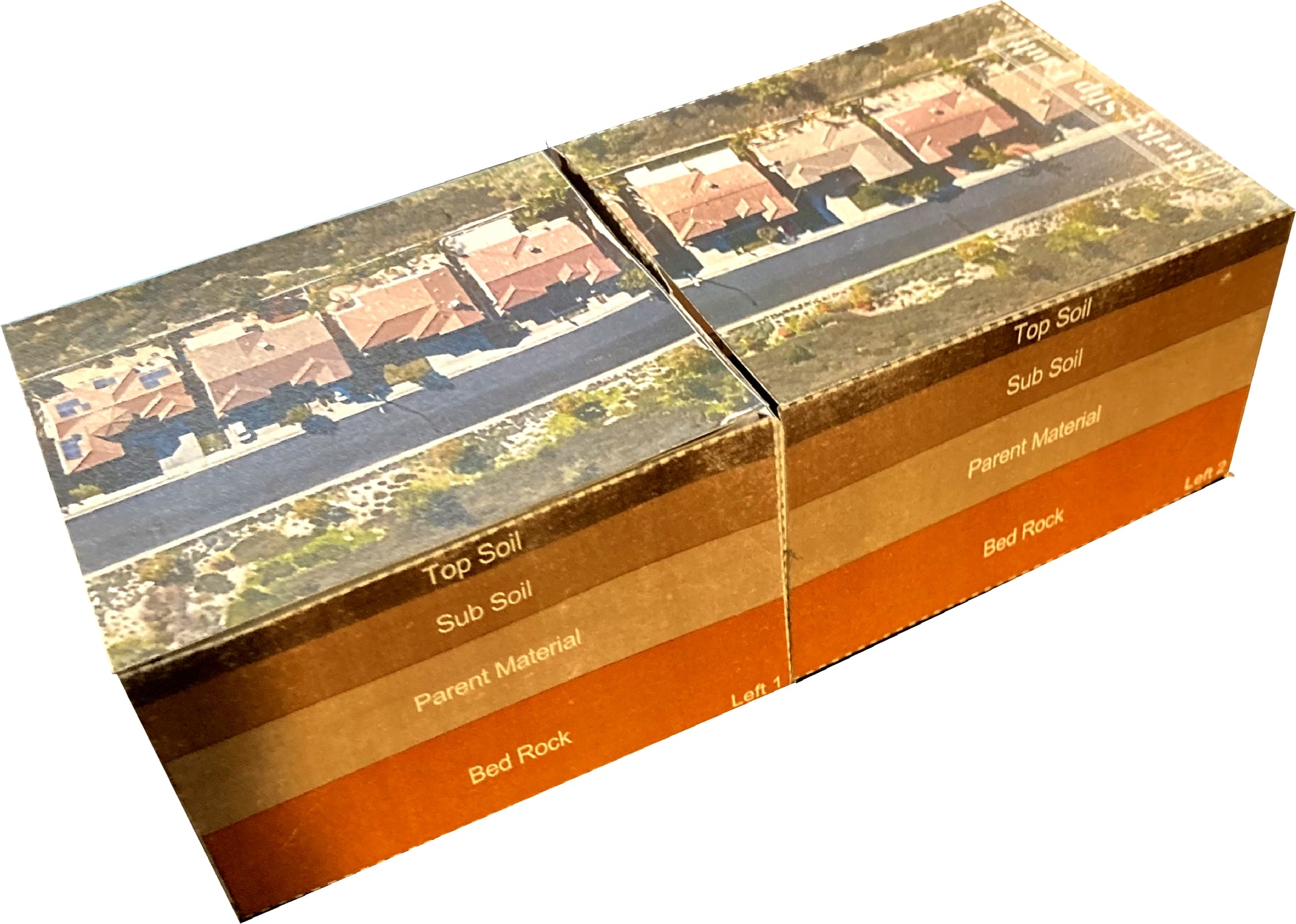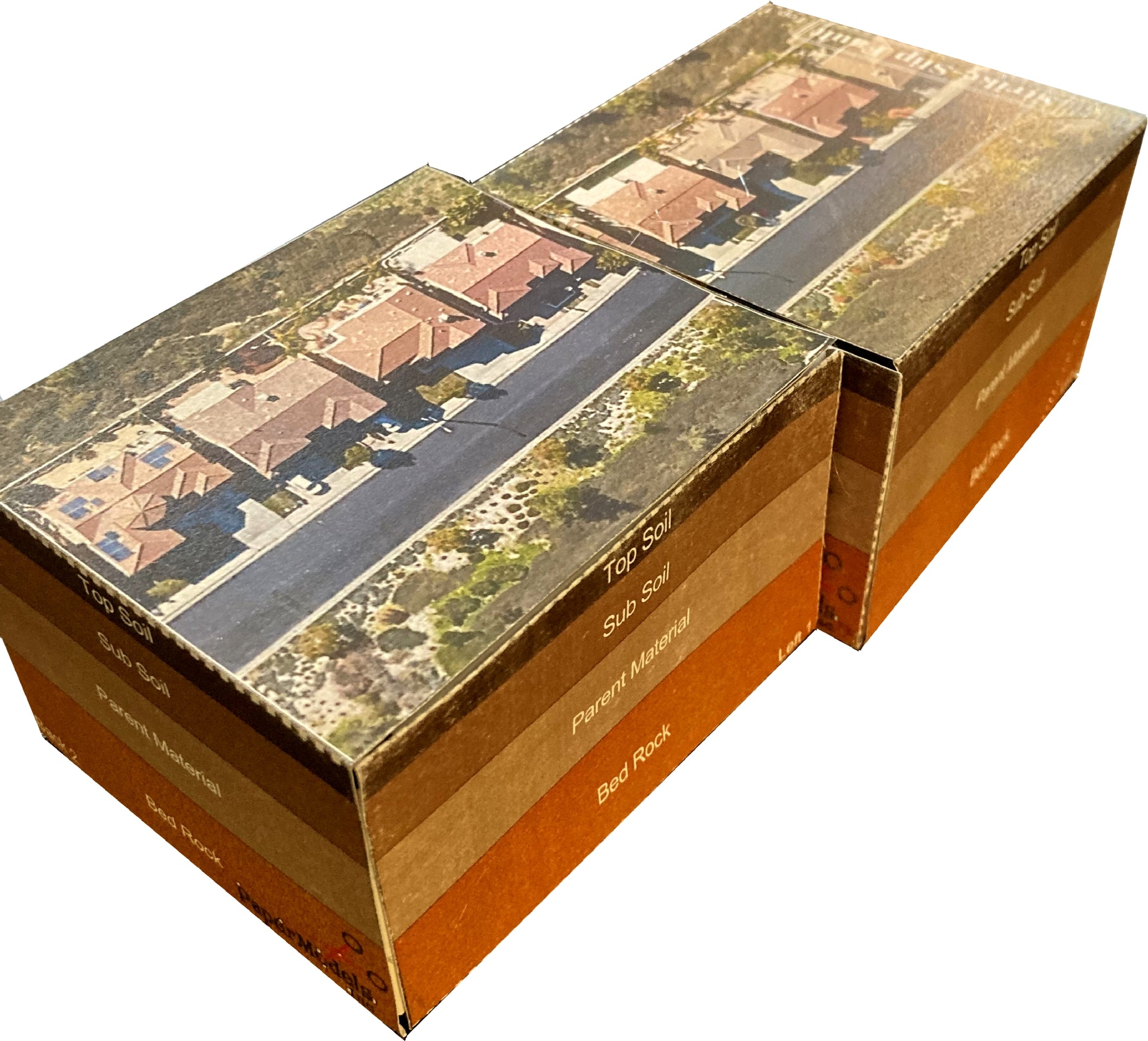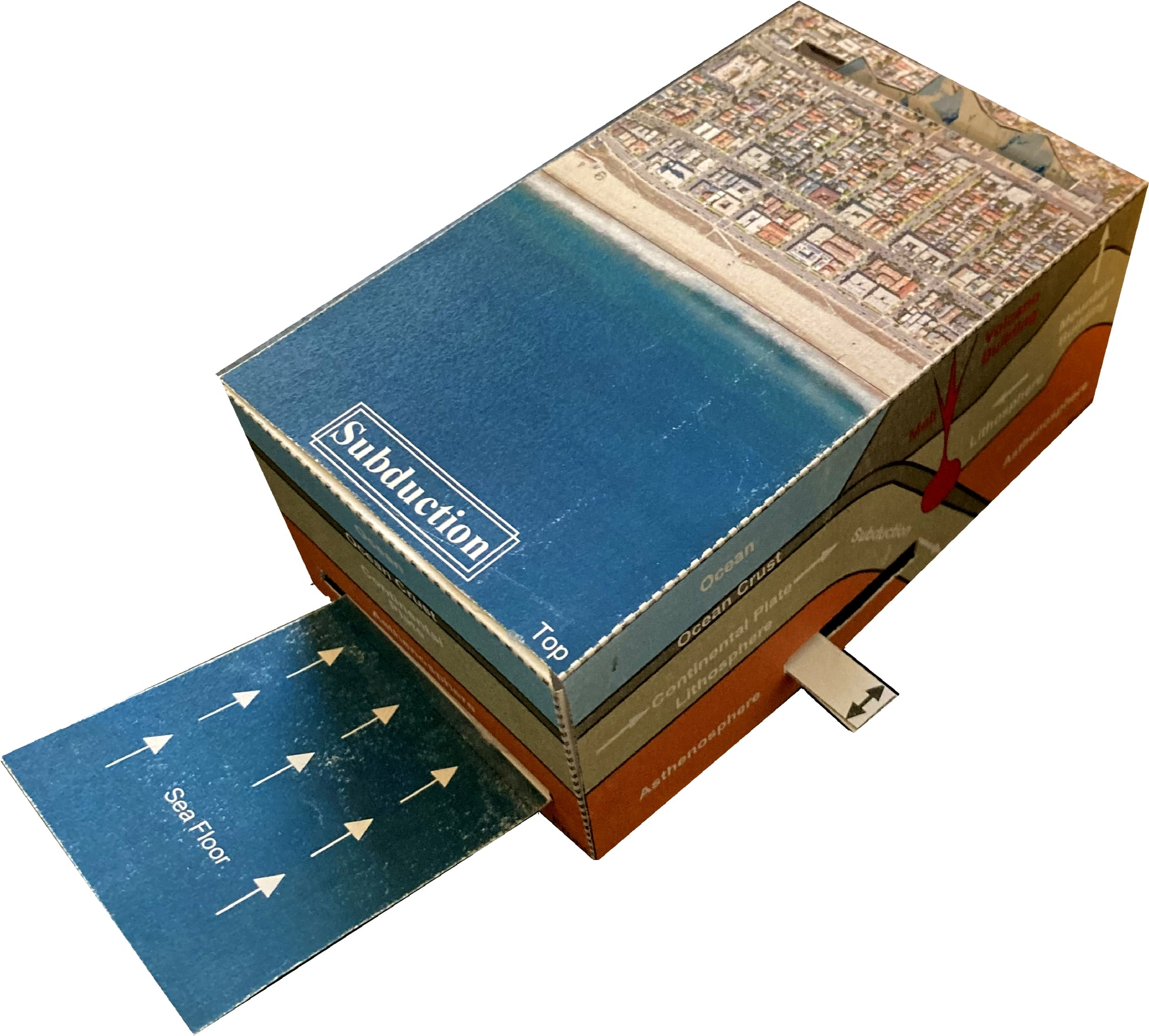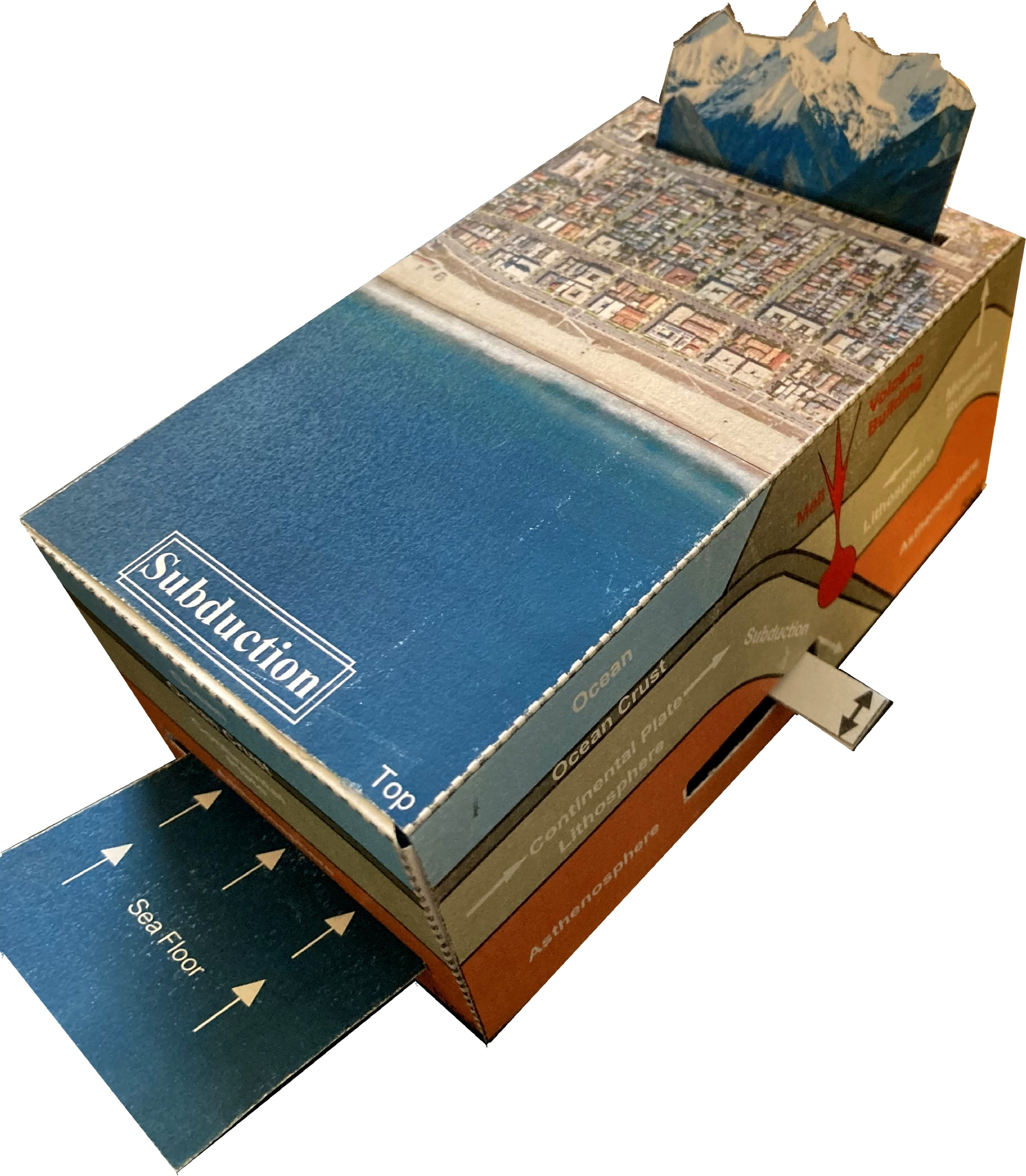Earthquakes & Plate Tectonics Paper Model Project Kit
Earthquakes & Plate Tectonics Paper Model Project Kit
No se pudo cargar la disponibilidad de retiro
🌟 Welcome to Paper Models Online – Your Shortcut to Academic Excellence! 🌟
Are you tired of stressing over last-minute school projects? Look no further! Paper Models Online is here to make your academic life a breeze.
🚀 Why Choose Us?
At Paper Models Online, we understand the pressure of looming deadlines and the desire for that coveted "A" grade. That's why we've crafted the perfect solution for you! Whether you're a student aiming for extra credit, a parent looking for quality time with your kids, or just someone in need of a break from the chaos, our paper models are your ticket to success!
💻 Instant PDF Download OR Pre-Printed & Shipped
You're in control! Choose from our instant PDF download, starting at just $9.95 for the 7"x10" size or $11.95 for the 10"x13" size.
Print it on your home or office printer using regular paper, or opt for the hassle-free pre-printed option. We'll ship it directly to your doorstep for a flat $5 fee via USPS First-Class Parcel, ensuring you get it in 1-3 days!
✂️ Easy Assembly, Maximum Impact
With just a pair of scissors, some glue, and an hour of your time, you can turn these paper sheets into stunning three-dimensional architectural replicas or complete science projects. The images on our website are real models made from our kits, and we even provide a history to help you craft an impressive report.
🎨 Unleash Your Creativity
Not into mission kits? No worries! Our models double as templates for your creative genius. Paint, trace, adjust sizes—your imagination is the only limit! Create a custom masterpiece that reflects your unique style and personality.
🛒 The Buying Process Made Simple
- Choose Your Size: 7"x10" or 10"x13"
- Choose Your Delivery: Instant PDF download or pre-printed and shipped
- Purchase Your Model: It's that easy!

📦 Typical Kit Sample
Each kit includes 8 to 18 pages, providing everything you need to bring the model to life. An "exploded view" guides you through assembly, and a complimentary history adds that extra touch for your report. Impress your teacher not just with creativity but also with your research skills!
Don't let deadlines stress you out. Choose Paper Models Online for your next school project, and let us be Your Best Way To Get An "A"! 🌟
 |
 |
 |
| Exploded View | Sample Pieces | Finished Model |
Free History For Your Report
Earthquakes & Plate Tectonics
Earthquakes are natural phenomena caused by the sudden release of energy from within the Earth's crust. They can result in devastating effects on human lives, infrastructure, and the environment. Earthquakes vary in their origins, depths, and effects, leading to the classification of different types of earthquakes based on their characteristics. This report explores the various types of earthquakes and their distinct features.
Tectonic Earthquakes
The most common type of earthquake is tectonic in nature. Tectonic earthquakes occur at plate boundaries where the Earth's lithospheric plates interact. These interactions involve movements such as subduction, collision, and sliding past one another. Tectonic earthquakes are further categorized into three subtypes:
Subduction Zone Earthquakes
Subduction zone earthquakes occur at convergent plate boundaries, where one tectonic plate is forced beneath another in a process called subduction. The subduction of one plate into the Earth's mantle generates immense pressure and friction, leading to sudden ruptures and the release of seismic energy. These earthquakes are often powerful and can trigger tsunamis due to the displacement of large volumes of water.
Strike-Slip or Transform Fault Earthquakes
Transform fault earthquakes occur along transform boundaries, where two tectonic plates slide horizontally past each other. The friction between these plates prevents smooth movement, causing stress to accumulate over time. When the accumulated stress is released suddenly, it results in earthquakes. The San Andreas Fault in California is a well-known example of a transform fault boundary.
Dip-Slip Fault Earthquakes
Earth's dynamic surface is shaped by a variety of geological processes, and one of the most significant contributors to landform changes is faulting. A fault is a fracture in the Earth's crust along which rocks on either side have moved. Among the different types of faults, dip-slip faults stand out for their vertical movement along the fault plane. Dip-slip faults are categorized based on the direction of the movement of the hanging wall and footwall blocks. The hanging wall refers to the block of rock above the fault plane, while the footwall is the block below the fault plane.
Divergent or Rift Zone Earthquakes
Rift zones are divergent plate boundaries where tectonic plates move away from each other, creating new crust. The movement along rift zones leads to the formation of deep fractures and faults, which can trigger earthquakes. The East African Rift is an example of a rift zone where tectonic activity and earthquakes are prevalent.
Other Forms Of Earthquakes
Volcanic Earthquakes
Volcanic earthquakes are closely associated with volcanic activity. These earthquakes occur due to the movement of magma within the Earth's crust, creating pressure and stress on surrounding rocks. As magma moves upward towards the surface, it can cause fractures and shifts in the Earth's crust, resulting in volcanic earthquakes. These earthquakes are usually localized around active volcanoes and can signal impending eruptions.
Induced Earthquakes
Induced earthquakes are triggered by human activities, often related to mining, reservoir-induced seismicity (due to the filling of large reservoirs), and hydraulic fracturing (fracking) for oil and gas extraction. These activities can alter the stress distribution in the Earth's crust, leading to the reactivation of existing faults or the creation of new ones. Induced earthquakes can range in magnitude and can have significant social and economic implications.
Collapse Earthquakes
Collapse earthquakes, also known as volcanic earthquakes, occur when a portion of a volcanic island collapses into the ocean. This type of earthquake is typically accompanied by tsunamis, as the sudden displacement of a large volume of water leads to the formation of waves that travel across the ocean.
Aftershocks
Aftershocks are smaller earthquakes that follow a larger earthquake, often occurring in the same general area. These earthquakes are a result of the adjustment of the Earth's crust following the release of stress from the main-shock. Aftershocks can be strong enough to cause further damage to structures weakened by the initial earthquake.
Conclusion
Earthquakes come in various types, each with its own distinct characteristics and causes. Tectonic earthquakes, driven by the movement of tectonic plates, are the most common and can occur at subduction zones, transform boundaries, and rift zones. Volcanic earthquakes are linked to volcanic activity and the movement of magma. Induced earthquakes are a consequence of human activities, and collapse earthquakes are associated with the collapse of volcanic islands. Understanding the different types of earthquakes is crucial for predicting, mitigating, and preparing for their potential impacts on society and the environment.
© Copyright – Paper Models, Inc. – All Rights Reserved
Share
